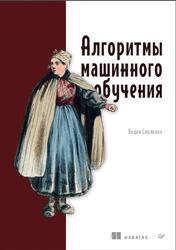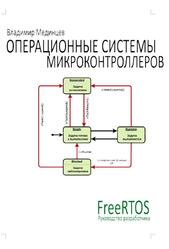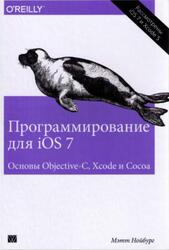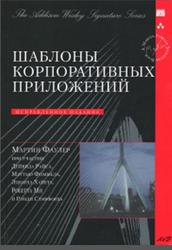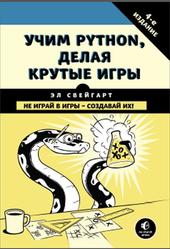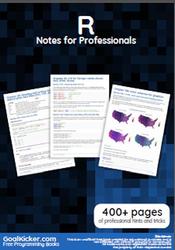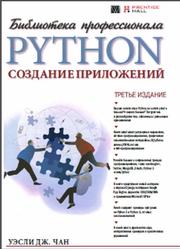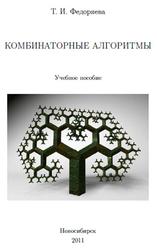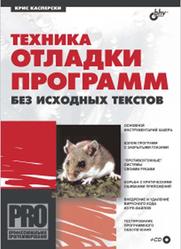Python is a widely used high-level programming language for general-purpose programming, created by Guido van Rossum and first released in 1991. Python features a dynamic type system and automatic memory management and supports multiple programming paradigms, including object-oriented, imperative, functional programming, and procedural styles. It has a large and comprehensive standard library.
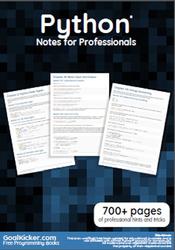
Block Indentation.
Python uses indentation to define control and loop constructs. This contributes to Python's readability, however, it requires the programmer to pay close attention to the use of whitespace. Thus, editor miscalibration could result in code that behaves in unexpected ways.
Python uses the colon symbol (:) and indentation for showing where blocks of code begin and end (If you come from another language, do not confuse this with somehow being related to the ternary operator). That is, blocks in Python, such as functions, loops, if clauses and other constructs, have no ending identifiers. All blocks start with a colon and then contain the indented lines below it.
Contents.
About.
Chapter 1: Getting started with Python Language.
Chapter 2: Python Data Types.
Chapter 3: Indentation.
Chapter 4: Comments and Documentation.
Chapter 5: Date and Time.
Chapter 6: Date Formatting.
Chapter 8: Set.
Chapter 9: Simple Mathematical Operators.
Chapter 10: Bitwise Operators.
Chapter 11: Boolean Operators.
Chapter 12: Operator Precedence.
Chapter 13: Variable Scope and Binding.
Chapter 14; Conditionals.
Chapter 15: Comparisons.
Chapter 16: Loops.
Chapter 17: Arrays.
Chapter 18: Multidimensional arrays.
Chapter 19: Dictionary.
Chapter 20: List.
Chapter 21: List comprehensions.
Chapter 22: List slicing (selecting parts of lists).
Chapter 23: groupby().
Chapter 24: Linked lists.
Chapter 25: Linked List Node.
Chapter 26: Filter.
Chapter 27: Heapq.
Chapter 28: Tuple.
Chapter 29: Basic Input and Output.
Chapter 30: Files & Folders I/O.
Chapter 31: os.path.
Chapter 32: Iterables and Iterators.
Chapter 33: Functions.
Chapter 34: Defining functions with list arguments.
Chapter 35: Functional Programming in Python.
Chapter 36: Partial functions.
Chapter 37: Decorators.
Chapter 38: Classes.
Chapter 39: Metaclasses.
Chapter 40: String Formatting.
Chapter 41: String Methods.
Chapter 42: Using loops within functions.
Chapter 43: Importing modules.
Chapter 44: Dierence between Module and Package.
Chapter 45: Math Module.
Chapter 46: Complex math.
Chapter 47: Collections module.
Chapter 48: Operator module.
Chapter 49: JSON Module.
Chapter 50: Sqlite3 Module.
Chapter 51: The os Module.
Chapter 52: The locale Module.
Chapter 53: Itertools Module.
Chapter 54: Asyncio Module.
Chapter 55: Random module.
Chapter 56: Functools Module.
Chapter 57: The dis module.
Chapter 58: The base64 Module.
Chapter 59: Queue Module.
Chapter 60: Deque Module.
Chapter 61: Webbrowser Module.
Chapter 62: tkinter.
Chapter 63: pyautogui module.
Chapter 64: Indexing and Slicing.
Chapter 65: Plotting with Matplotlib.
Chapter 66: graph-tool.
Chapter 67: Generators.
Chapter 68: Reduce.
Chapter 69: Map Function.
Chapter 70: Exponentiation.
Chapter 71: Searching.
Chapter 72: Sorting, Minimum and Maximum.
Chapter 73: Counting.
Chapter 74: The Print Function.
Chapter 75: Regular Expressions (Regex).
Chapter 76: Copying data.
Chapter 77: Context Managers (“with” Statement).
Chapter 78: The __name__ special variable.
Chapter 79: Checking Path Existence and Permissions.
Chapter 80: Creating Python packages.
Credits.
You may also like.
Бесплатно скачать электронную книгу в удобном формате, смотреть и читать:
Скачать книгу Python, Notes for Professionals - fileskachat.com, быстрое и бесплатное скачивание.
Скачать pdf
Ниже можно купить эту книгу, если она есть в продаже, и похожие книги по лучшей цене со скидкой с доставкой по всей России.Купить книги
Скачать - pdf - Яндекс.Диск.
Дата публикации:
Хештеги: #учебник по программированию :: #программирование
Смотрите также учебники, книги и учебные материалы:
Следующие учебники и книги:
Предыдущие статьи:

